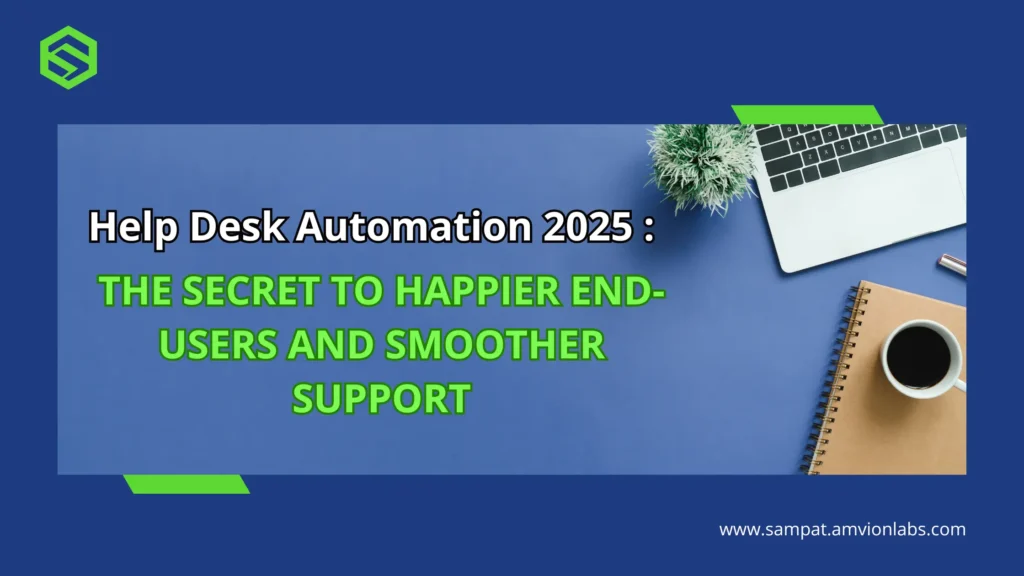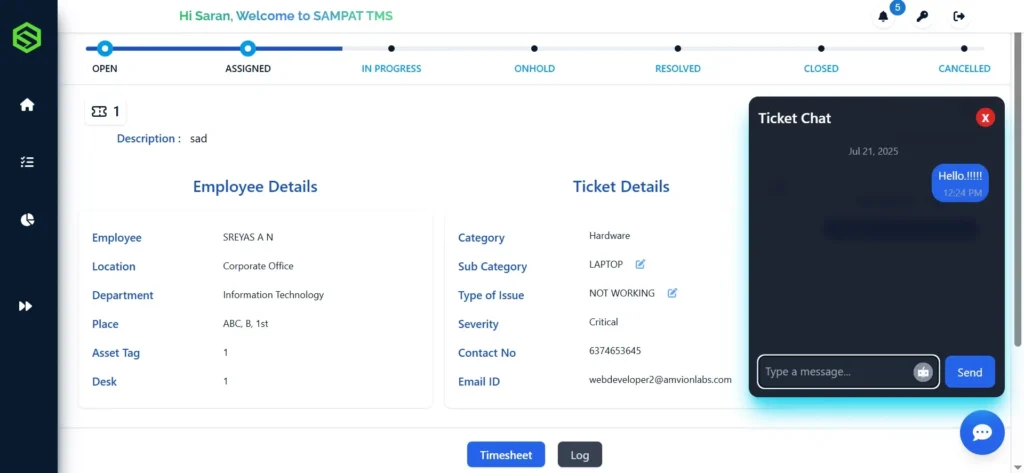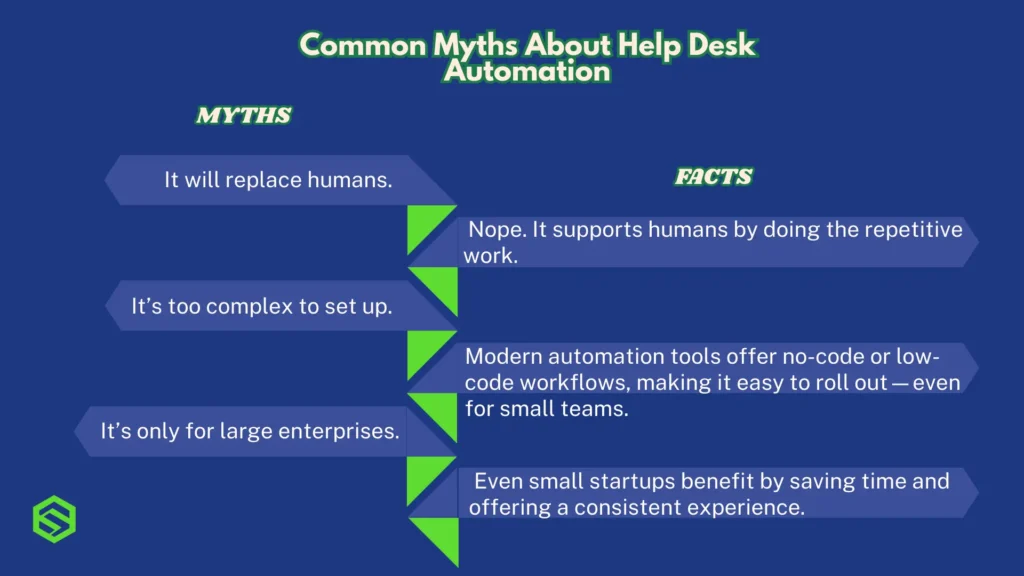
The help desk isn’t just about fixing tech issues—it’s a critical part of the employee experience. Delays, repetitive processes, and outdated ticketing systems can easily frustrate users and burn out support teams. That’s where help desk automation is changing the game in 2025.
By automating repetitive tasks, streamlining ticket flows, and integrating intelligent support features like AI chatbots and self-service portals, organizations can deliver faster resolutions and a more satisfying support experience.
Let’s explore how automation is transforming help desk operations and why it’s becoming a must-have for modern teams.
This blog will walk you through what asset availability means, the standard formula to calculate it, and how you can improve it with the right tools.
What is Help Desk Automation?
Help desk automation refers to the use of technology to manage, route, and resolve support tickets without requiring constant human intervention. It can include:
- Automated ticket assignment
- AI-powered chatbots
- Self-service knowledge bases
- Pre-configured workflows
- Real-time status notifications
This shift from manual to automated processes doesn’t replace human agents—it empowers them. Instead of spending time on routine tasks, support staff can focus on solving complex problems that require human insight.

Why End-User Satisfaction Matters in 2025
Today’s employees and customers expect quick, seamless, and personalized service. Whether they’re resetting a password or reporting a technical glitch, they want answers fast—and without repeating themselves across multiple channels. Help desk automation enables:
- Faster response and resolution times
- 24/7 support availability via AI tools
- Fewer errors in ticket handling
- Personalized user experiences
This directly translates into happier end-users, better productivity, and higher satisfaction scores.
Key Features of an Automated Help Desk
1. Smart Ticket Routing
Instead of manually assigning tickets, automation tools can route requests based on priority, department, expertise, or predefined rules. This ensures the right person tackles the right issue—instantly.
2. Self-Service Portals
Automated help desks often include a searchable knowledge base. Users can resolve simple issues themselves without raising a ticket. Not only does this empower end-users, but it also reduces the load on support teams.
3. AI-Powered Chatbots
Chatbots are no longer just scripted responders. Today’s AI bots understand intent, offer solutions, escalate when needed, and collect context—all without frustrating users.
4. SLA Management
Automation keeps SLAs (Service Level Agreements) on track by sending alerts, updating statuses, and escalating unresolved tickets before deadlines are missed.
5. Real-Time Notifications
Automated alerts keep users informed of ticket status, assignment, and resolution. Transparency increases trust—and satisfaction.
Want to explore how it works? schedule a demo
How Automation Benefits Support Teams
While end-users enjoy faster support, the internal benefits are just as powerful.
- Less Repetition: Automation handles common tasks like password resets or software installations.
- Higher Accuracy: Reduces human errors caused by manual data entry.
- Scalability: As your organization grows, automation keeps the help desk agile without hiring additional staff.
Improved Analytics: Track performance, common issues, and support load with real-time dashboards and reports.
Common Myths About Help Desk Automation

How to Get Started with Help Desk Automation
- Identify Repetitive Tasks: Start small. Password resets, device provisioning, and access requests are great candidates.
- Choose the Right Tool: Look for help desk solutions that offer automation, chatbot support, and integration with your existing stack.
- Train Your Team: Automation is only as good as the people using it. Provide training and collect feedback.
- Monitor and Optimize: Use analytics to measure ticket response times, satisfaction scores, and automation success.
Conclusion: The Future is Automated
As we move through 2025, help desk automation isn’t just a tech trend—it’s a strategic necessity. By blending automation with human empathy, support teams can deliver faster resolutions, happier users, and stronger business value.
In the end, it’s not about replacing support teams—it’s about freeing them to do what they do best: solve problems creatively, communicate clearly, and make people feel supported.



